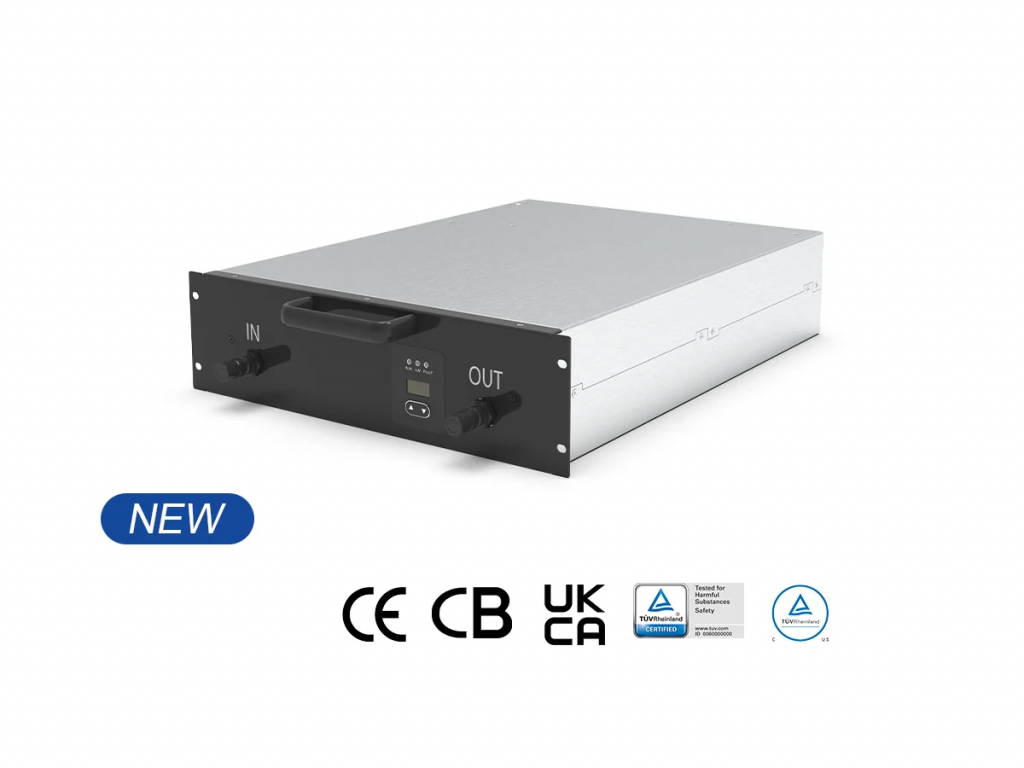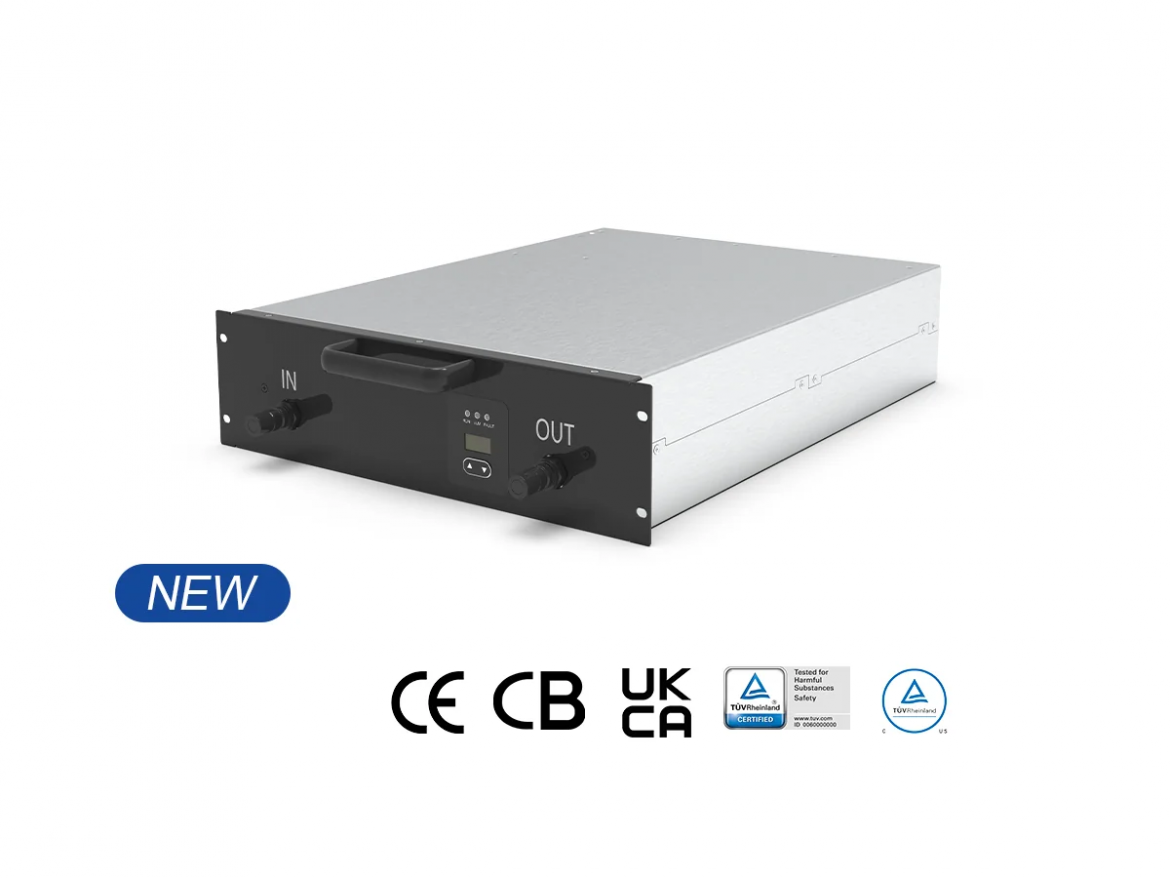Winline, a leader in high-frequency charging technology, has developed the LCR100040A-40kW 1000V Liquid Cooling Charging Module. This innovative solution addresses the growing demand for efficient electric vehicle (EV) charging infrastructure, particularly in high-voltage applications.

Key Features of the LCR100040A-40kW Module
The LCR100040A-40kW 1000V Liquid Cooling Charging Module boasts impressive specifications designed for optimal performance. With dimensions of 340mm (H) × 100mm (W) × 470mm (D) and a lightweight design of ≤ 28 kg, this module is compact yet powerful. It achieves an efficiency rating of >95.5% at full load, ensuring minimal energy loss during the charging process. Moreover, its standby power consumption remains low at <13W ± 0.5W, making it an environmentally friendly choice for modern charging stations. The liquid cooling mode enhances the module’s performance, allowing it to maintain optimal operating temperatures even under heavy use. This feature is crucial for the 1000V EV DC charger module, ensuring reliability and longevity in various conditions.
Advantages of Liquid Cooling Technology
Liquid cooling technology is a game-changer in the realm of high-frequency charging module. The LCR100040A-40kW 1000V Liquid Cooling Charging Module utilizes this advanced cooling method, which significantly reduces thermal stress on the components. As a result, this module operates efficiently, extending its service life and maintaining high performance levels. Winline’s commitment to innovation ensures that users benefit from a dependable and effective charging solution.
Conclusion
In summary, the LCR100040A-40kW 1000V Liquid Cooling Charging Module by Winline represents a significant advancement in high-frequency charging technology. Its compact design, high efficiency, and effective cooling system make it an ideal choice for 1000V EV DC charger module applications. As the demand for electric vehicles continues to rise, Winline’s innovative charging solutions will play a pivotal role in shaping the future of EV infrastructure.



